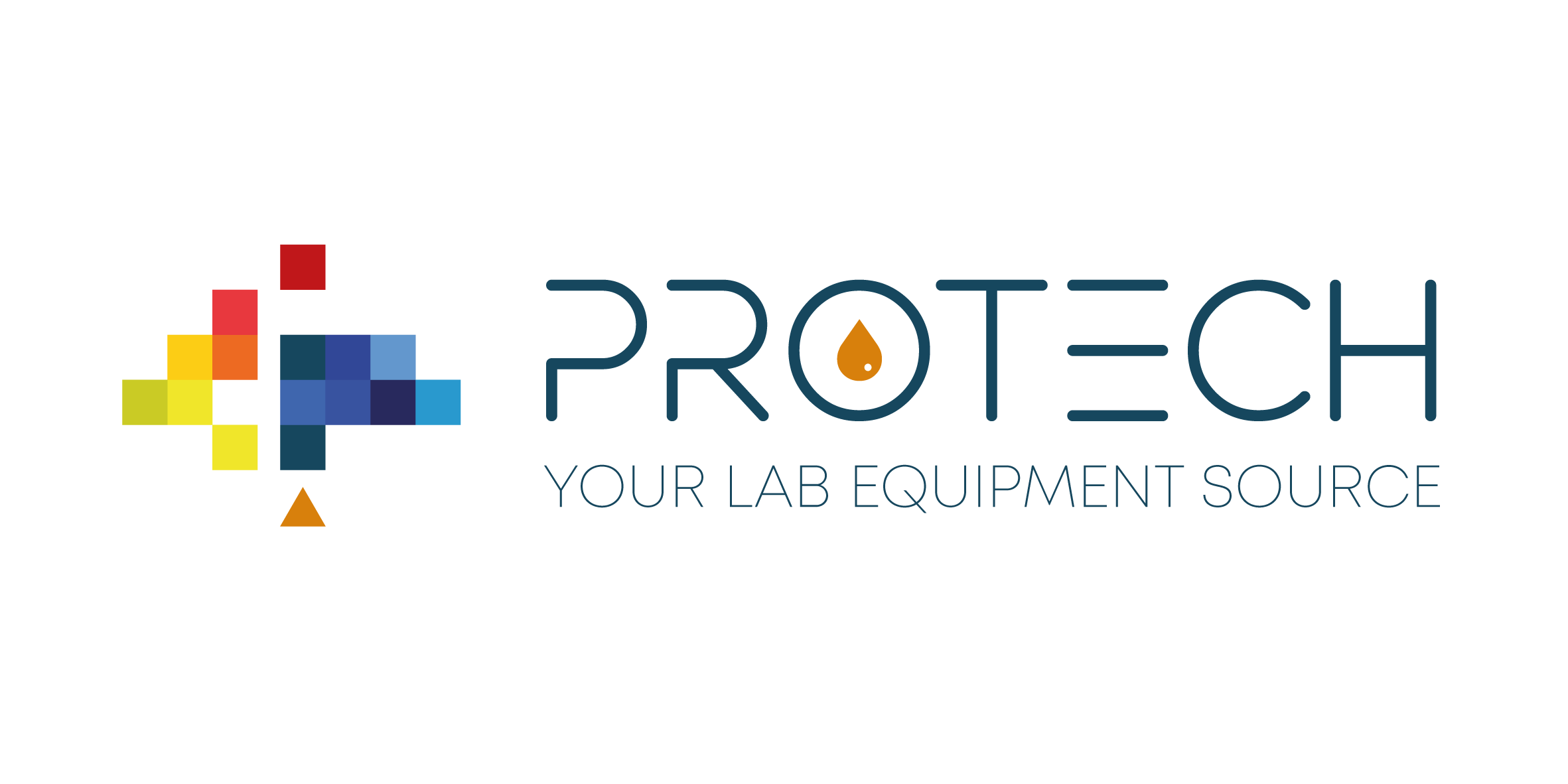Engine testing can be time consuming and expensive due to fuel usage, support requirements and labor. Therefore, oil samples are taken to check for abnormal wear so that testing may be curtailed if abnormal wear is occurring. Not only does this early intervention save time and fuel, but it may prevent secondary damage in an engine headed toward failure.
Reliability testing is a very important component of new engine development. Engineers need to fully understand and chart the engine's performance under a variety of conditions before mass production may be considered. Oil analysis is an integral part of the research, development and testing process.
Comprehensive real time oil analysis can provide critical information about both engine condition and the condition of the lubricant. Due to the limited capabilities of in-line oil sensors that are attached to the test engine, it can be difficult to isolate and identify engine wear data or know the complete condition of the lubricant.
Having the optimum oil analysis instrumentation within close proximity to the test cell will provide that critical data in real time. Choosing the right oil analysis instrument to gather this data is not as obvious as it may sound due to the challenges of the operating environment. During accelerated wear testing, oil analysis reporting may be required at 10 to 15 minutes intervals. This leaves a very limited time for engineers to perform the test and analyze the results once the oil sample has been collected. This puts a premium on sample turnaround time.
 Wear
Wear
Break-in wear - During the new engine break-in period, larger adhesive (sliding) wear particles are generated at a higher rate than during normal operating conditions. Continuously trending the sliding wear rate helps engineers understand the engine break-in pattern.
Normal wear – Running engines continuously generates small rubbing wear particles from all the moving parts inside. Elemental analysis is the best method to analyze small wear particles and trace them back to the source of wear through elemental identification.
 Chemistry
Chemistry
Total Acid Number (TAN) - TAN is measured to determine the corrosive potential of lubrication oils. If the TAN gets too high the oil can induce corrosion of machine parts and should be changed.
Total Base Number (TBN) - TBN measures the amount of active acid neutralizing additive left in a sample of oil. The TBN is useful for people who want to extend their oil usage far beyond the normal range. The TBN of a used oil can aid the user in determining how much reserve additive the oil has left to neutralize acids. The lower the TBN reading, the less active additive the oil has left.
Viscosity - The main function of lubrication oil is to create and maintain a lubrication film between two moving metal surfaces. Ensuring the viscosity is within recommended ranges is one of the most important tests one can run on lube oil.
Oxidation, Nitration, Sulfation - Lubricating oil at elevated temperatures can react with oxygen and nitrogen in the atmosphere, as well as sulfur in fuel, to form undesirable by-products that can affect the oil's viscosity and lead to corrosion or damage of equipment.
 Contamination
Contamination
Fuel Dilution - Fuel dilution in oil is a condition caused by excess, unburned fuel mixing with engine oil in an engine crankcase. Hydrocarbon-based fuel, usually with a lower vapor pressure than the lubricant, has a thinning effect, lowering the oil viscosity. Oil film strength is reduced, increasing the cylinder liner and bearing wear.
Soot - Soot is a product of diesel combustion and has always been found in engine oils. Soot can use up an oil's additives and deposit on vital engine surfaces.
Glycol - Glycol is found in engine coolant. If glycol is found in engine oil it typically indicates there is a leak in the engine that needs to be addressed.

